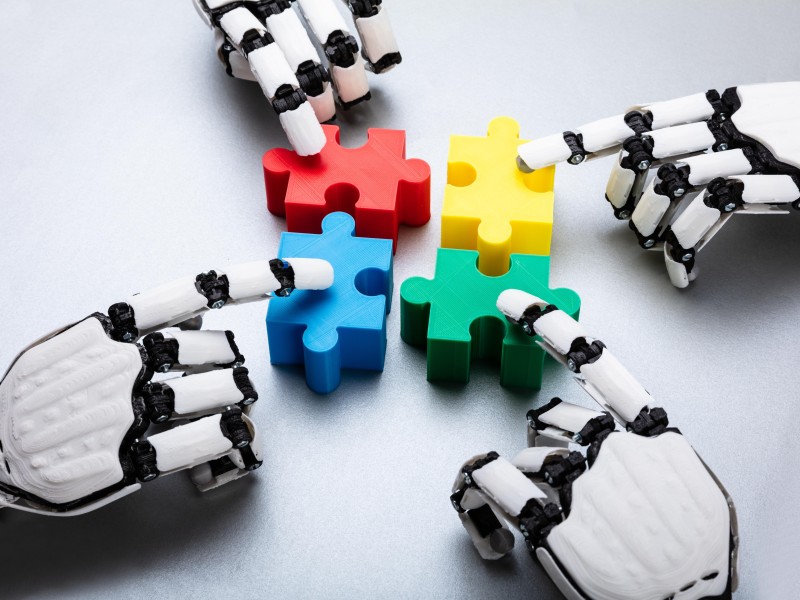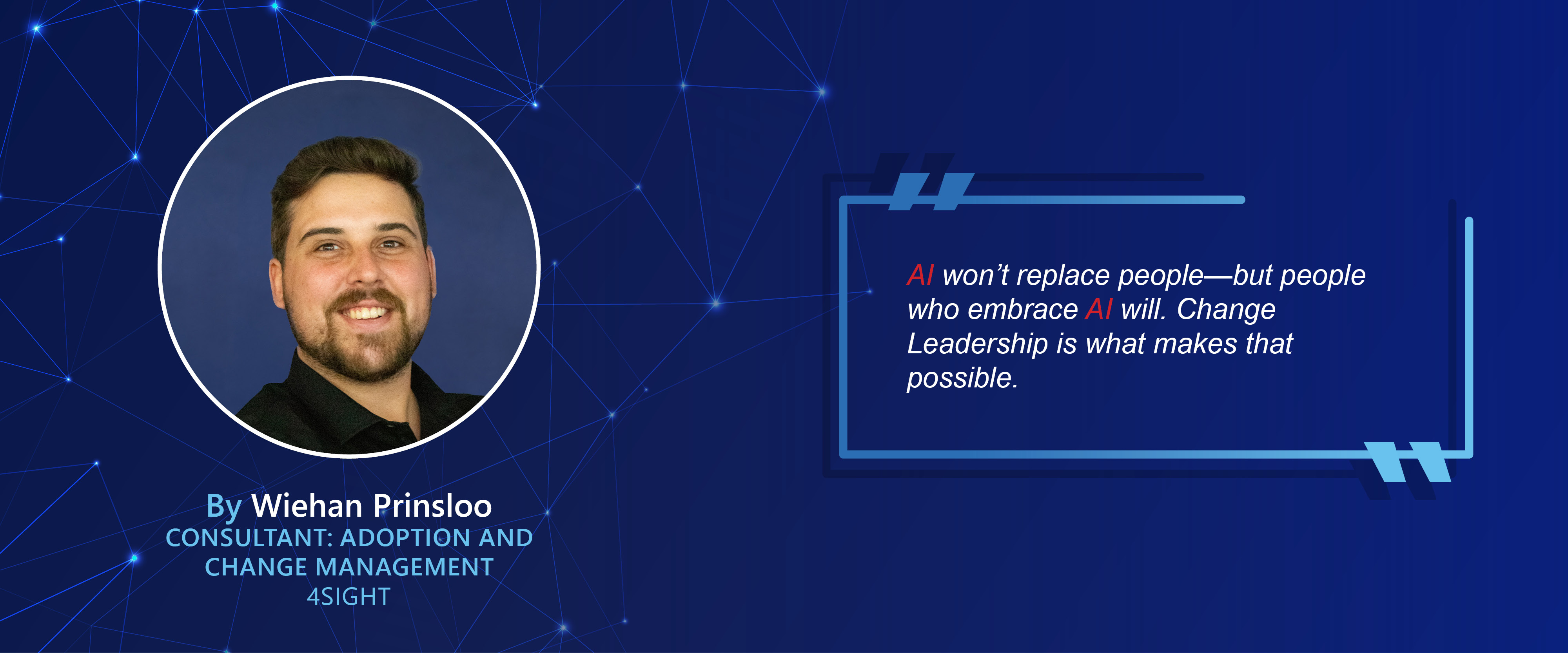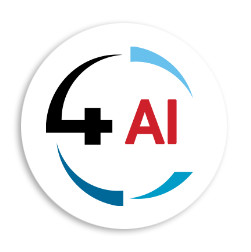Blog - Business Environment
Change Intelligence: Why AI Readiness Requires Change Leadership

But while the technology itself continues to evolve, one constant remains: the human element. AI is not just a technology shift; it’s a cultural transformation. The biggest barrier to AI success is people, not platforms. Adoption isn't just about usage; it's about trust, understanding, and value realisation.
For AI to succeed within any organisation, Change Intelligence is essential. Without a structured approach to managing the human side of transformation, even the most advanced AI solutions can fail to deliver value. This article explores the critical relationship between Change Management and AI- why it matters, the challenges it presents, and how organisations can navigate it effectively.
Understanding the AI Revolution
Artificial Intelligence encompasses a wide range of technologies including machine learning, natural language processing, computer vision, and generative. These tools are being deployed across business functions- from customer service chatbots to predictive analytics in supply chains.
The appeal is clear:
- Efficiency gains
- Cost savings
- Faster, data-driven decision-making
- Personalised customer experiences
However, with these benefits come significant shifts in organisational operations, culture, and workforce dynamics.
4Sight Change Leadership Model – 5 Pillars of AI Readiness
To bridge this gap, we need to move from awareness—where people just know about AI- to advocacy, where they support it and champion it. So how do we do that? Our strategy, built around 5 key pillars:
- Leadership Alignment & Sponsorship- We need strong, visible leadership. Leaders should tell a clear story: Why AI? Why now? And they must walk the talk.
- AI Literacy for All- Everyone, not just data scientists, needs to understand AI. This means simple, engaging education- AI 101s, hands-on sessions, ethical conversations.
- Use Case-Driven Engagement- People need to see AI helping them- not replacing them. Start small: automate tasks, improve insights. Build with users, not just for them.
- Change Network Activation- Create a support system: AI champions, digital advisors, and peer communities that drive adoption from the ground up.
- Measure, Learn, & Celebrate- Define clear metrics. Learn from what works and what doesn’t. And- this is key- celebrate the wins. Show the human impact.
🔑 Key Adoption Enablers
These pillars are powered by the basics of change management. Training combined with reinforcement leads to behavior change. Change communications should reframe fear into opportunity, blending digital nudges with human moments like town halls, Q&A sessions, and hands-on labs.
Employees should ask, “How can AI help me?” instead of “Will AI replace me?” Leaders should embed AI into daily decision-making, and organisations should build a resilient, data-driven, and agile culture.
AI won’t replace people, but people who use AI will replace those who don’t. Our job is to make sure everyone gets the chance to be on the right side of that equation.
🤝 Looking Ahead: The Human-AI Partnership
The future of work will not be human or machine- it will be human plus machine. Organisations that embrace this mindset and actively manage the transition will outperform those that treat AI as a plug-and-play solution.
Change Management is the bridge between AI’s potential and its real-world impact. It empowers and enables people to make the most of new technology, fosters trust, and turns fear into curiosity.
Conclusion
AI is a powerful enabler of innovation, but the biggest barrier to success isn’t technological—it’s human. Adoption and Change Management ensure that every step forward in technology is matched by human readiness and confidence.
As organisations invest in AI, they must also invest in their people- guiding them through change with empathy, clarity, and strategic support.
Those that do won’t just keep up with the digital age- they’ll lead it.
Ready to empower your people on the AI journey? Contact us at This email address is being protected from spambots. You need JavaScript enabled to view it..


